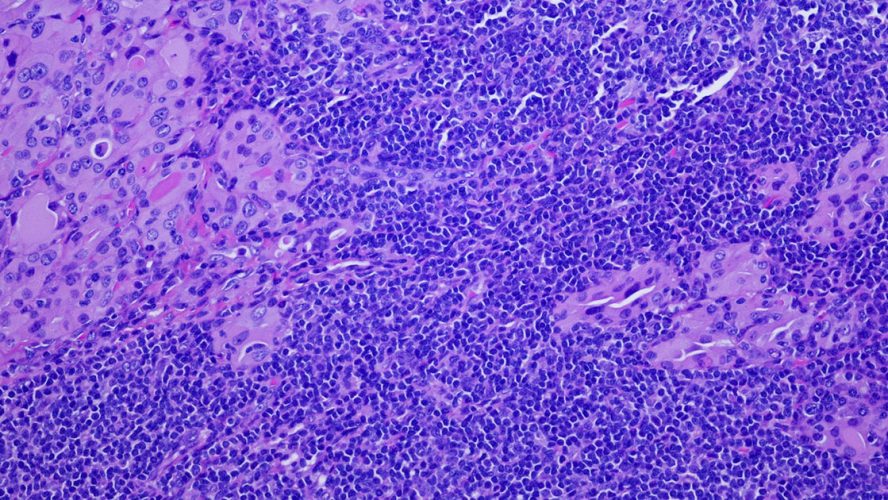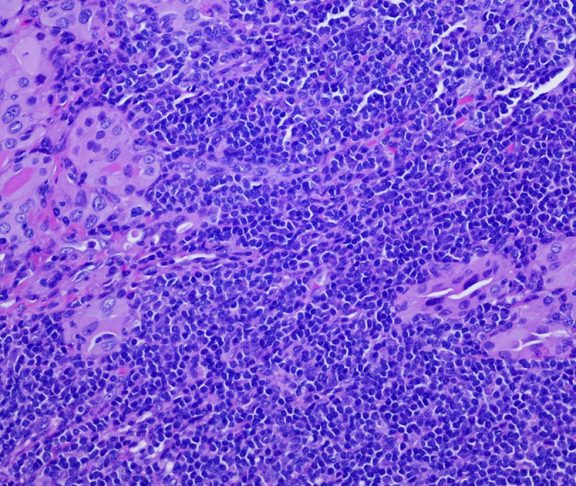
Virginia Ladd
President and Executive Director, American Autoimmune Related Diseases Association
There are more than 100 autoimmune and other diseases that are suspected to be autoimmune-related. The diseases themselves can affect any part of the body, including major organs.
Autoimmunity is the underlying cause of these diseases. It is the process whereby the immune system mistakenly recognizes the body’s own proteins as foreign invaders, and begins producing antibodies that attack healthy cells and tissues, causing a variety of diseases.
Hashimoto’s disease
Hashimoto’s disease is a chronic inflammatory autoimmune thyroid disease in which the immune system attacks and destroys the thyroid gland. Normally, the body’s immune system is directed toward invading viruses or bacteria, but, in patients with Hashimoto’s disease, the immune system becomes misdirected and attacks the very organs and tissues it was designed to protect. Antibodies cause inflammation, which damages the thyroid gland directly.
When this happens, the thyroid gland stops making enough thyroid hormone for the body to work correctly. Because thyroid hormones regulate growth and development, inadequate thyroid production can have wide-ranging consequences. Hashimoto’s disease is a progressive disease that may destroy the thyroid gland, causing hypothyroidism (too little thyroid hormone).
Like other autoimmune diseases, a combination of genes and environmental triggers are likely factors in developing Hashimoto’s disease. People with family histories of autoimmune disease have a higher risk of developing autoimmune diseases in general, rather than inheriting a specific autoimmune disease.
Lying dormant
Hashimoto’s disease produces a wide range of symptoms which usually come on gradually. The symptoms are often very subtle, and it may take months, or even years, as signs and symptoms slowly progress, for it to be detected. There may be no symptoms at all and no obvious physical changes, other than a small weight gain.
Since weight gain is common as we grow older, this symptom alone may not alert a medical professional and may be mistaken for a sign of aging. Weight gain that is accompanied by a tired and drowsy feeling can be the result of a decrease in metabolism as the body slows down converting food to energy.
When the thyroid gland produces too little thyroid hormone, the metabolism slows, which causes the body to produce less heat. Women with Hashimoto’s often complain about feeling cold, even though their body temperature is normal. Dry skin, brittle nails and hair, hair loss, and even depression are other signs of Hashimoto’s.
At this time, there is no known cure for Hashimoto’s disease. The symptoms can be treated with thyroid replacement hormones, allowing those with Hashimoto’s disease to function mostly regularly.
Patients often have to be their own advocates and work closely with their endocrinologist to understand their symptoms, diagnosis, and treatment plan. For more information, visit www.aarda.org.

